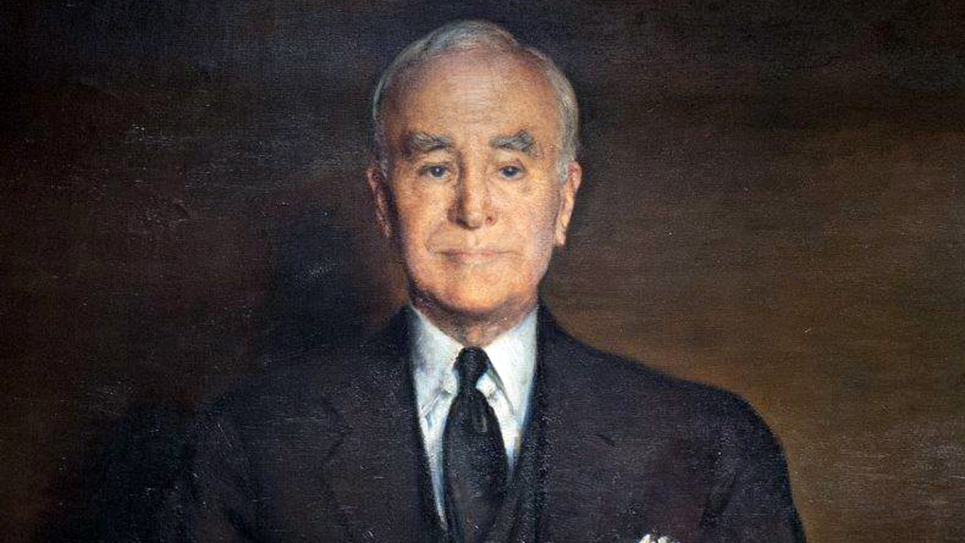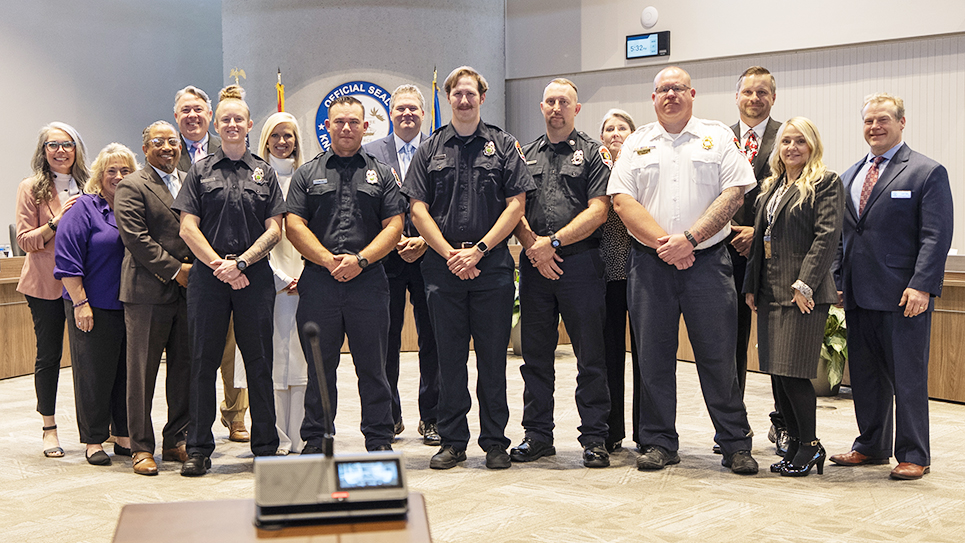Regional History 101 for newcomers
More Than A Day Away By Mike Steely
If you are new to our area and a bit confused or puzzled by some of our places, names, or roads here are a few things you might like to know.
Tazewell Pike doesn’t lead to Tazewell; it leads to Thorn Hill on Hwy 25E. Maynardville Pike leads to Tazewell.
There are two Highway 25s, US 25W and US 25E, that split in Corbin, Kentucky, coming south.
There are two regional towns called Paris, one in West Tennessee and one in Eastern Kentucky. The Volunteer State Paris has a miniature or smaller Eiffel Tower.
The oldest towns in East Tennessee are Jonesboro, Greeneville, Dandridge, Knoxville, Maryville, Sevierville, Rutledge and Elizabethton, in that order. The city of Dandridge disputes Greeneville being the second oldest town and claims that honor.
Tennessee and Kentucky both have a community named Oneida.
The most eastern city in Tennessee is Mountain City, near the Virginia/North Carolina state lines.
Union County, just north of Knox County, wasn’t named for Northern sympathy during the Civil War but was founded before the war and named for the surrounding counties used to create the county.
Powell Valley was named for early explorer and long hunter Ambrose Powell. The Powell community was named for the Powell Station train stop, which was in turn named for Columbus Powell, a prominent local resident.
The Clinch River, which starts in Western Virginia and joins the Tennessee River in Kingston, was reportedly named for an early explorer who fell into the stream and yelled out for help when he shouted, “Clinch me!”
The Tennessee River becomes the Tennessee when the Holston River joins the French Broad River in East Knoxville. The French Broad was named before statehood because in early days the French claimed what is now Tennessee.
Emory Road is one of the oldest routes in Tennessee, beginning locally in Blaine and, back then, ending in the Nashville settlements. It currently ends in the Powell community but, at one time, stretched through Anderson County, across the Clinch and up Cumberland Mountain on to Nashville. The original route was created in 1795.
Rocky Top, just north of Knoxville along Highway 25W, was named for the popular song but before that it was known as Lake City and, before that, as Coal Creek.
Norris Dam was named for Sen. George Norris of Nebraska. He was a supporter of government-owned places and an advocate for the creation of the TVA. It was the first TVA dam built, in 1933.
Knox County and Knoxville were named for Gen. Henry Knox, a supporter of President George Washington. Knox was a creator of the nation and Secretary of War. Many other places across the nation are named for Gen. Knox. Originally Knoxville was known as Fort James White, for one of its founders.
If you’d like more information you may want to visit the East Tennessee History Center on Gay Street in downtown Knoxville. You can find that museum on the internet or call them at 865-215-8801.






